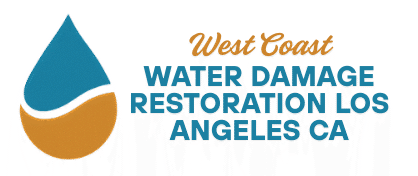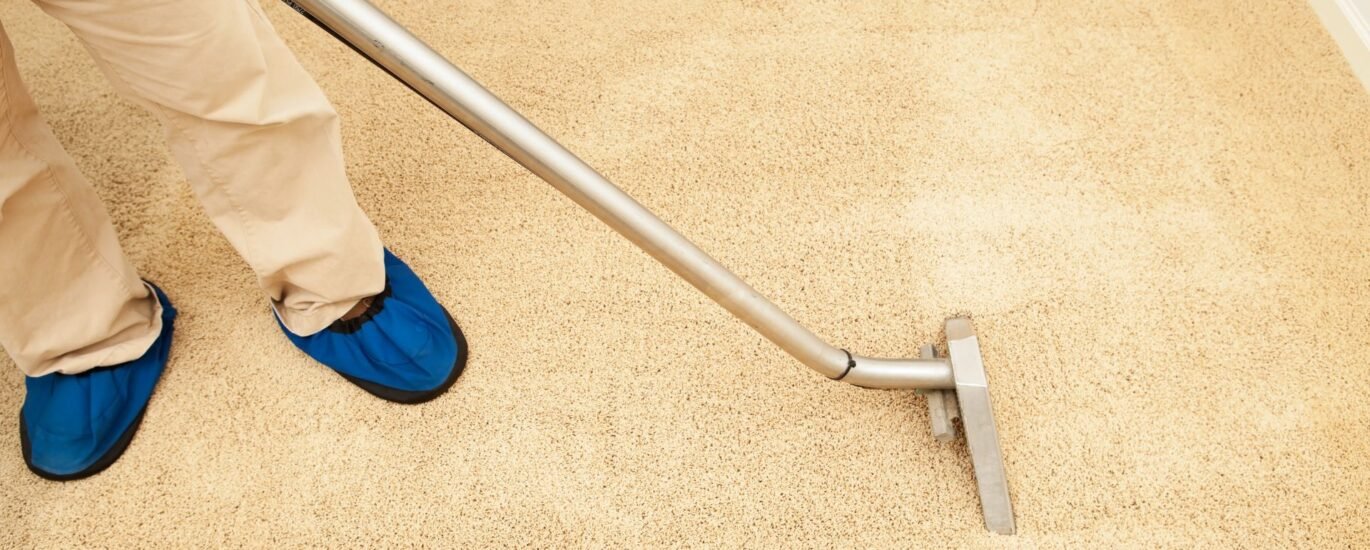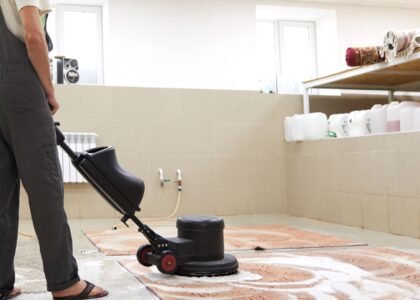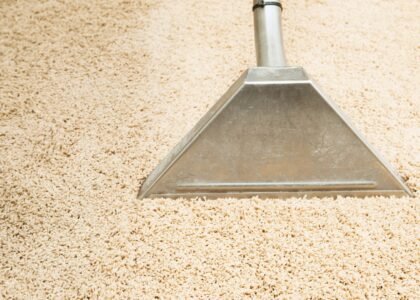Introduction
When water infiltrates your carpet—whether from a burst pipe, roof leak, appliance overflow, or storm damage—the clock starts ticking. Moisture trapped in carpet fibers and padding can cause odors, structural damage, or mold growth. That’s why choosing professional Carpet Water Extraction fast is essential.
In this post you’ll learn:
- The risks of delaying water extraction
- What happens if moisture lingers
- How professional extraction works
- What you can do immediately before help arrives
- Why drying is as important as removal
Let’s dive in.
The Hidden Dangers of Delay
Mold, mildew & odor
Even clean water, if left too long, can saturate the carpet backing and padding. Excess moisture invites mold and mildew within 24–48 hours. These organisms release spores that contribute to musty smells and can negatively affect indoor air quality.
Structural & subfloor damage
Water doesn’t always stay in the carpet. It wicks downward into the subfloor, wood joists, drywall, and baseboards. Over time, that dampness can cause warping, staining, and deterioration of materials.
Delamination & carpet damage
Carpet is made of layers. Prolonged saturation can weaken the adhesive that holds those layers together, causing delamination (i.e. the carpet separates). That’s often irreversible.
Health concerns
Mold spores and bacteria thrive in moist environments. For homes with allergy sufferers, children, or immunocompromised occupants, lingering moisture can pose serious risks.
Immediate Steps You Can Take (Before Professional Help Arrives)
While you wait for a professional team, here’s what you can safely do to mitigate damage:
- Stop the water source
Turn off valves or stop leaks if possible to prevent further intrusion. - Move furniture & belongings out
Remove things resting on wet carpet. Elevate heavier pieces by placing foil or wood blocks beneath legs. - Blot & absorb excess water
Use thick towels, microfiber cloths, or absorbent mop heads to press into the wet carpet. Start from the outer edges toward the center. - Avoid using a normal vacuum
Never use your household vacuum on wet carpet—it can damage the machine and spread moisture. Use a wet-dry vacuum only if trained and safe. - Circulate air
Open windows (if outdoor humidity is lower), run fans, or turn on HVAC systems to promote airflow. - Limit foot traffic
Wet carpet is fragile. Walking on it can push water deeper and cause fiber damage.
These steps reduce the severity and help preserve more of the carpet until professionals arrive.
How Professional Carpet Water Extraction Works
This is where your service offering comes into play. When experts arrive, they conduct a systematic process to ensure comprehensive water removal and drying.
1. Assessment and moisture mapping
The team inspects affected areas to determine water migration, moisture levels, and whether padding or carpet must be removed. Moisture meters or infrared tools may be used.
2. Moving or removing furnishings
Remaining furniture or obstacles are carefully relocated. Sometimes carpet sections or base trim are temporarily lifted.
3. Bulk water removal
High-powered extraction units (pumps or truck-mounted machines) remove standing and embedded water from carpet and pad.
4. Secondary extraction & dewatering
Even after bulk removal, residual moisture remains. Technicians perform additional passes with specialized tools (extractor wands, in-line vacuums) to pull moisture from the base layers.
5. Accelerated drying
Drying equipment is positioned strategically:
- Air movers (high-velocity fans) blow air across the carpet and underlay
- Dehumidifiers reduce ambient humidity and speed evaporation
- HVAC or ducted airflow is used to balance temperature
This drying stage is critical to prevent regrowth of moisture.
6. Monitoring & moisture checks
Over the next hours to days, technicians check for residual dampness. Adjustments may be made (i.e. repositioning air movers) to ensure full drying.
7. Final inspection & grooming
Once dry, the carpet fibers are groomed (brushed or “raked”) to restore appearance. The technician inspects seams, edges, and hidden zones to confirm dryness and quality.
This entire process is underpinned by your Carpet Water Extraction service. You can link your detailed service page here: Carpet Water Extraction.
Why Drying (Not Just Water Removal) Makes the Difference
Water removal is only half the battle—if moisture stays, problems emerge.
- Evaporation vs. extraction: Even after extraction, water remains in fibers and sublayers. Proper drying ensures that moisture is pulled into the air and evacuated by dehumidification.
- Prevents recurrence: Drying stifles mold, mildew, odors, and rot.
- Protects structural materials: Floors, walls, and subfloors remain sound when fully dry.
- Restores usability faster: With effective drying, carpets can be reopened sooner for use.
When Carpet Water Extraction May Be Insufficient
There are rare cases where carpet water extraction alone might not save the material. These include:
- Prolonged exposure (over 72 hours in many cases)
- Contaminated or “black water” damage (sewage, floodwater)
- Severe delamination or structural damage
- Extensively saturated padding or backing
In such cases, partial removal or carpet/pad replacement may be advised. The assessment step above will help determine what is salvageable.
Link to Follow-Up Resources (Blog Series Cross-Links)
- For a deeper dive into drying strategies and techniques, check out Blog 2: Best Practices in Drying After Carpet Water Extraction (coming soon).
- For maintenance tips post-restoration, see Blog 3: Keeping Your Carpet Safe After Water Extraction (coming soon).
- Or go ahead and schedule an inspection via our contact page: Contact Us.
Summary & Call to Action
Delays in dealing with water intrusion in carpets can lead to mold, structural damage, and long-term health risks. Immediate steps you take can reduce damage, but professional Carpet Water Extraction is essential to fully restore and protect your property.
Need professional help? Reach out via our contact page: Contact Us. We’re here to support your restoration needs.



